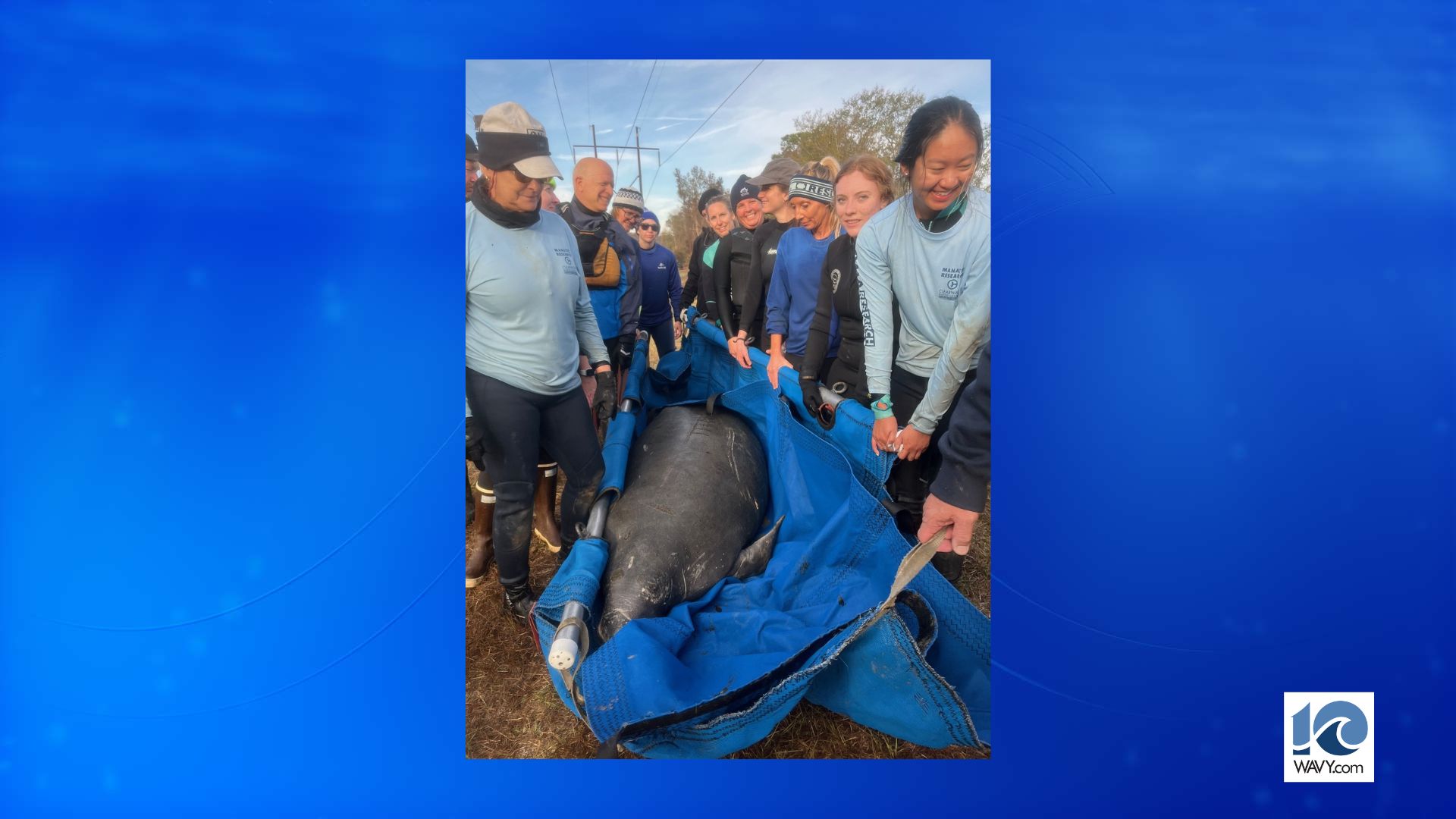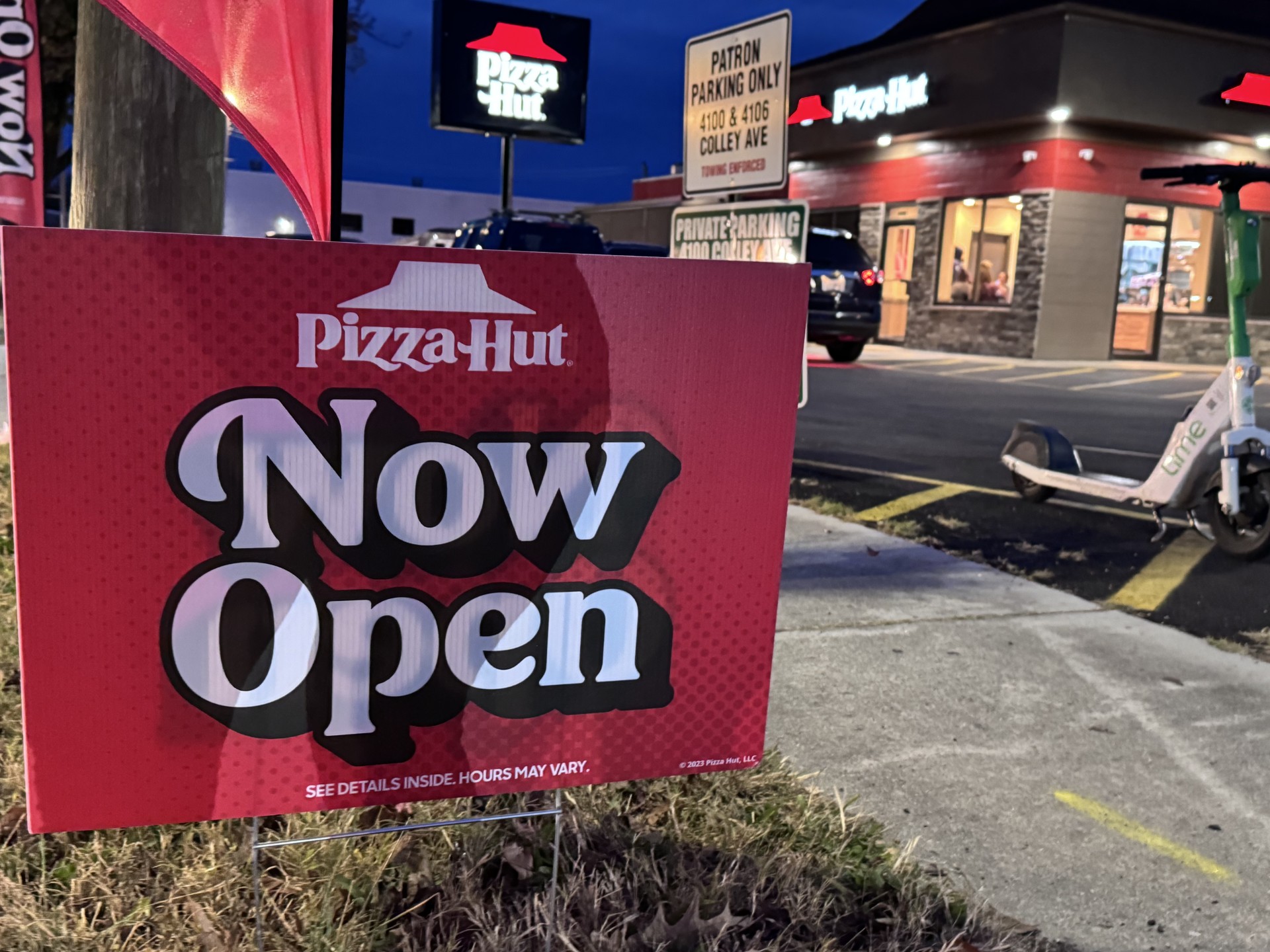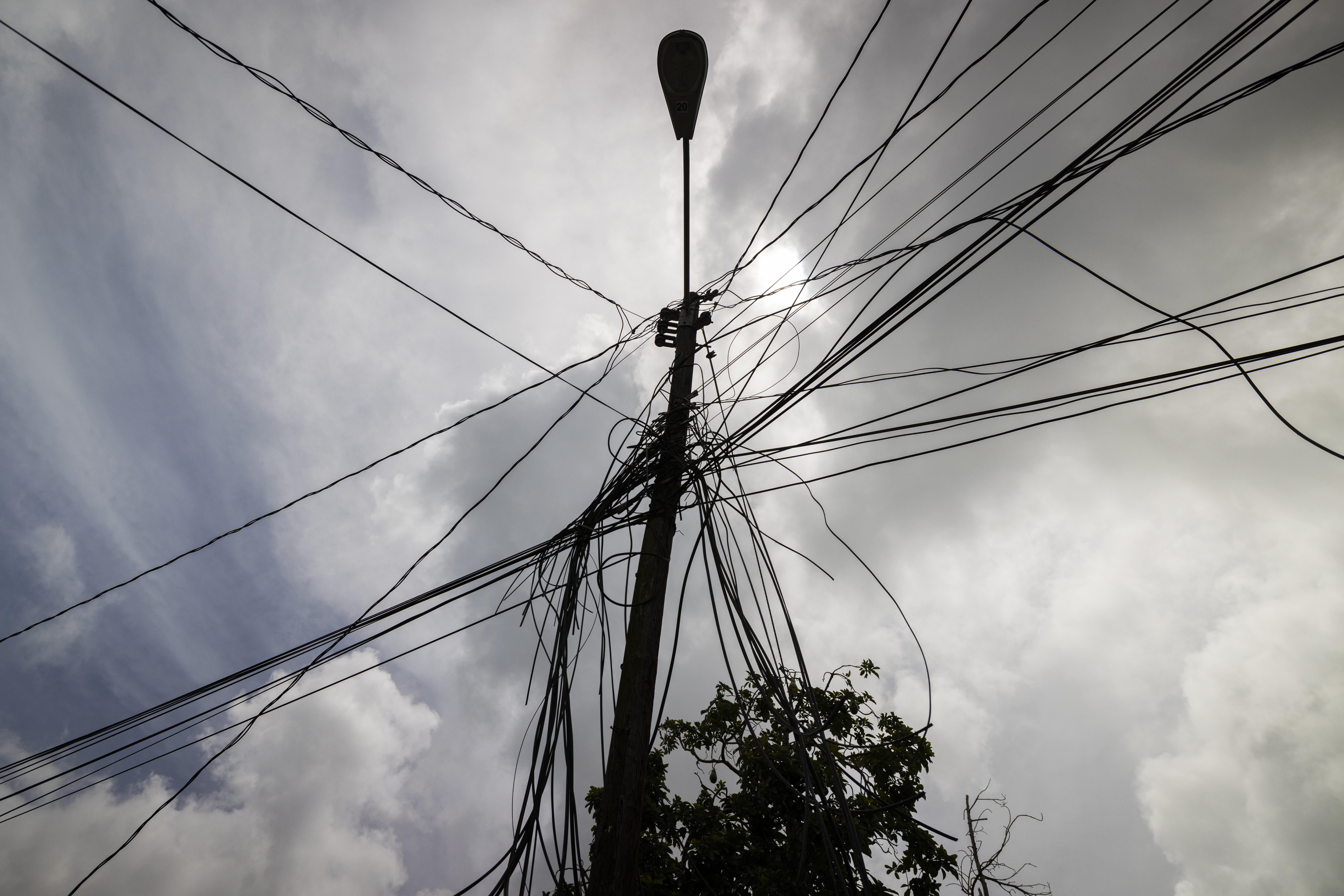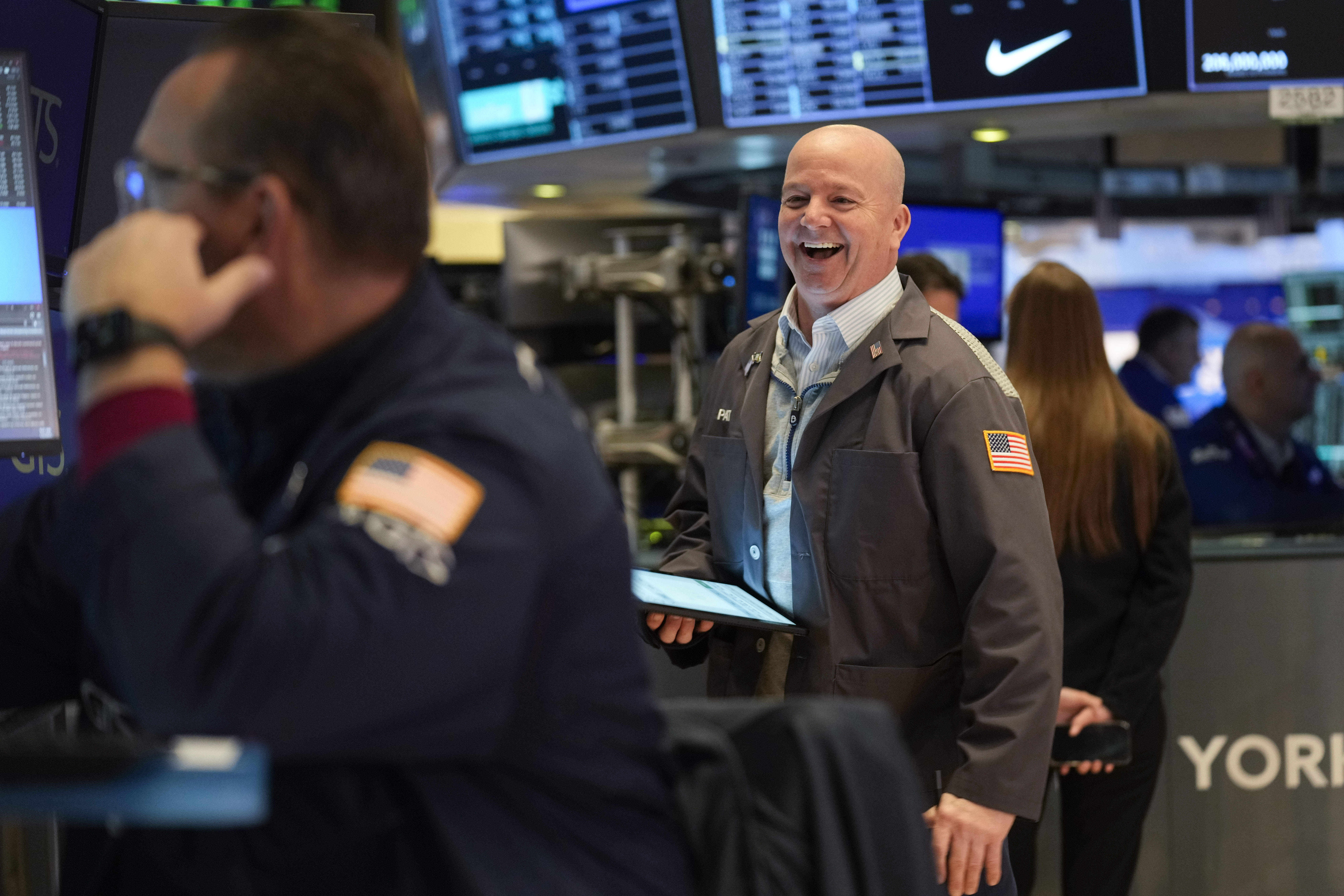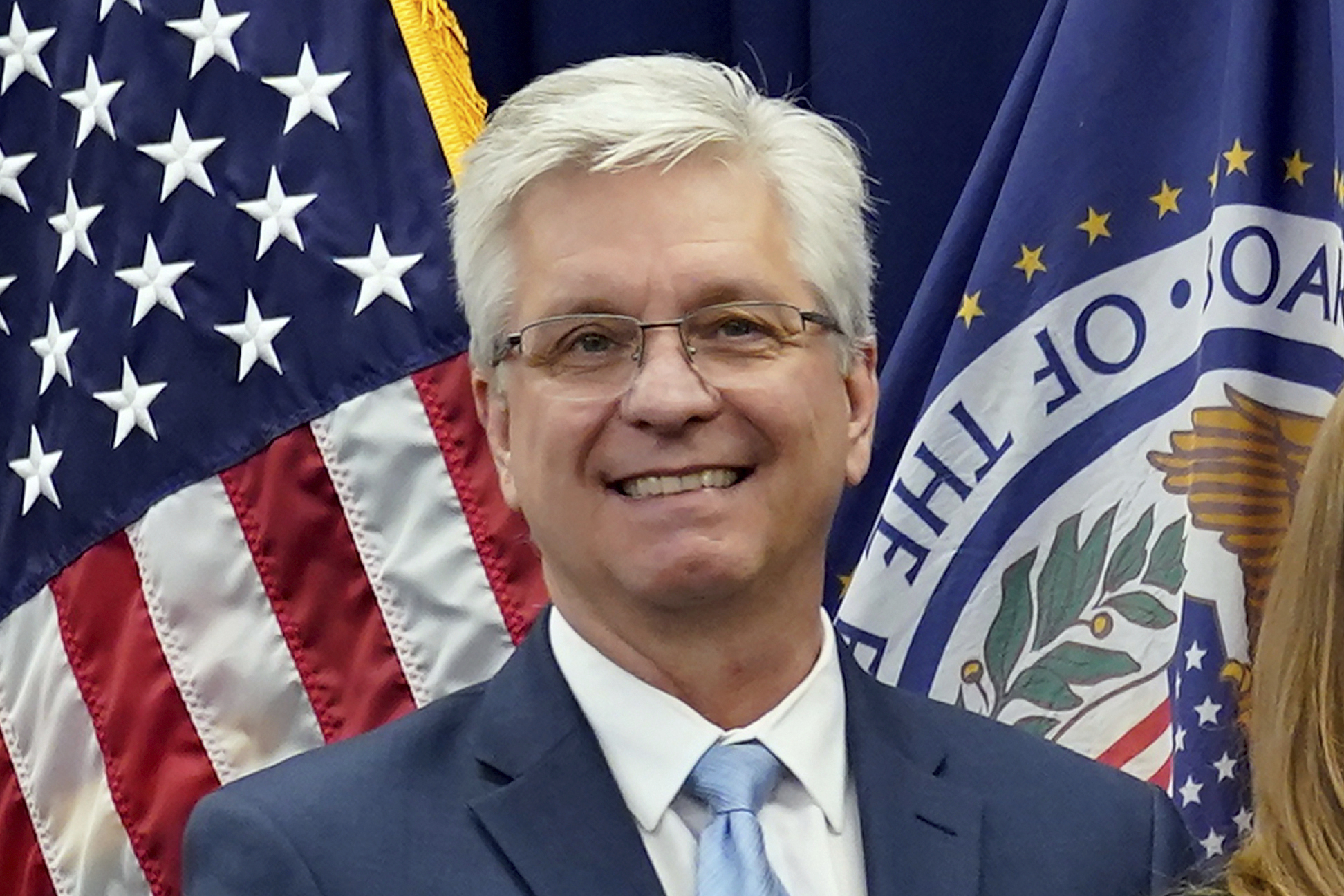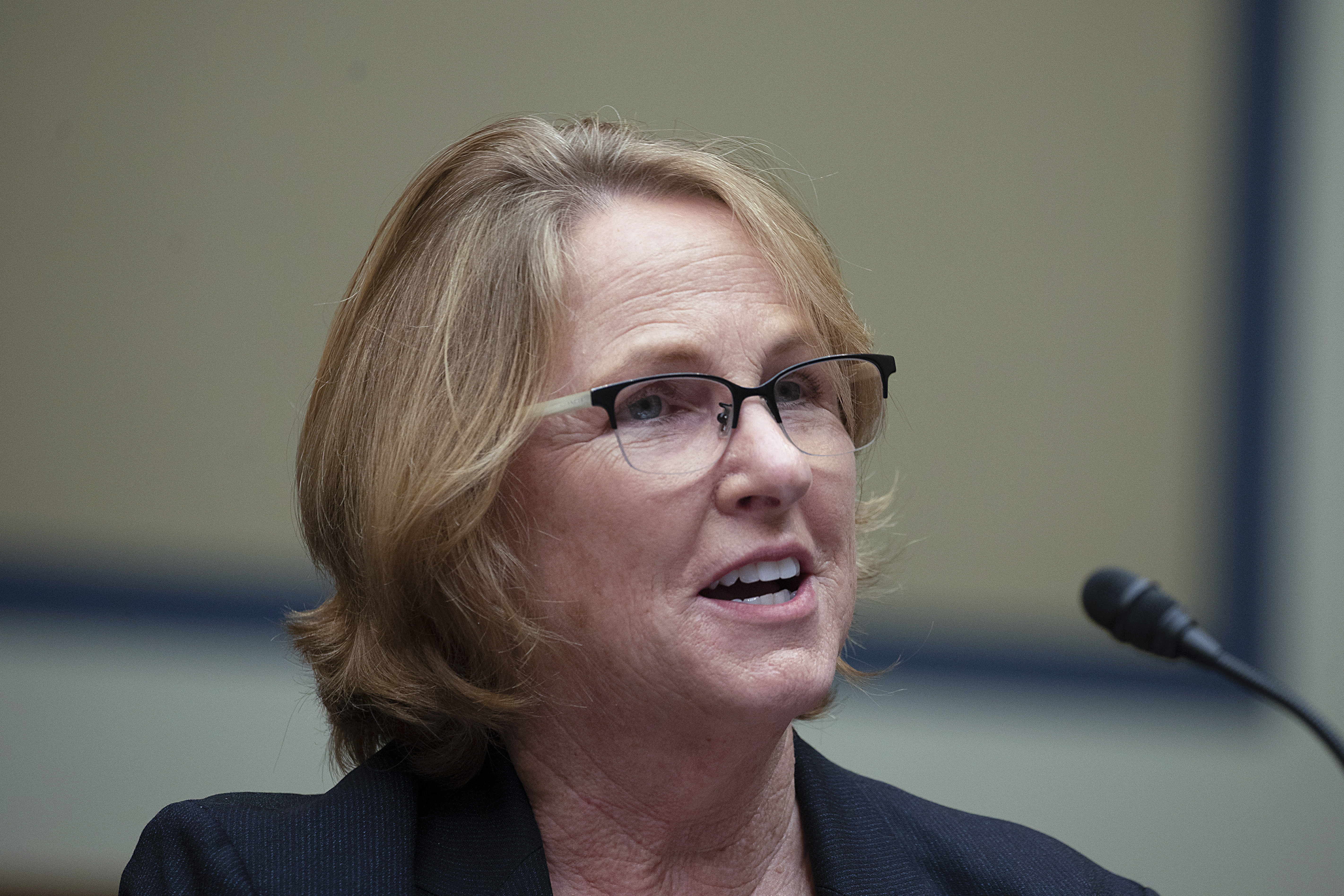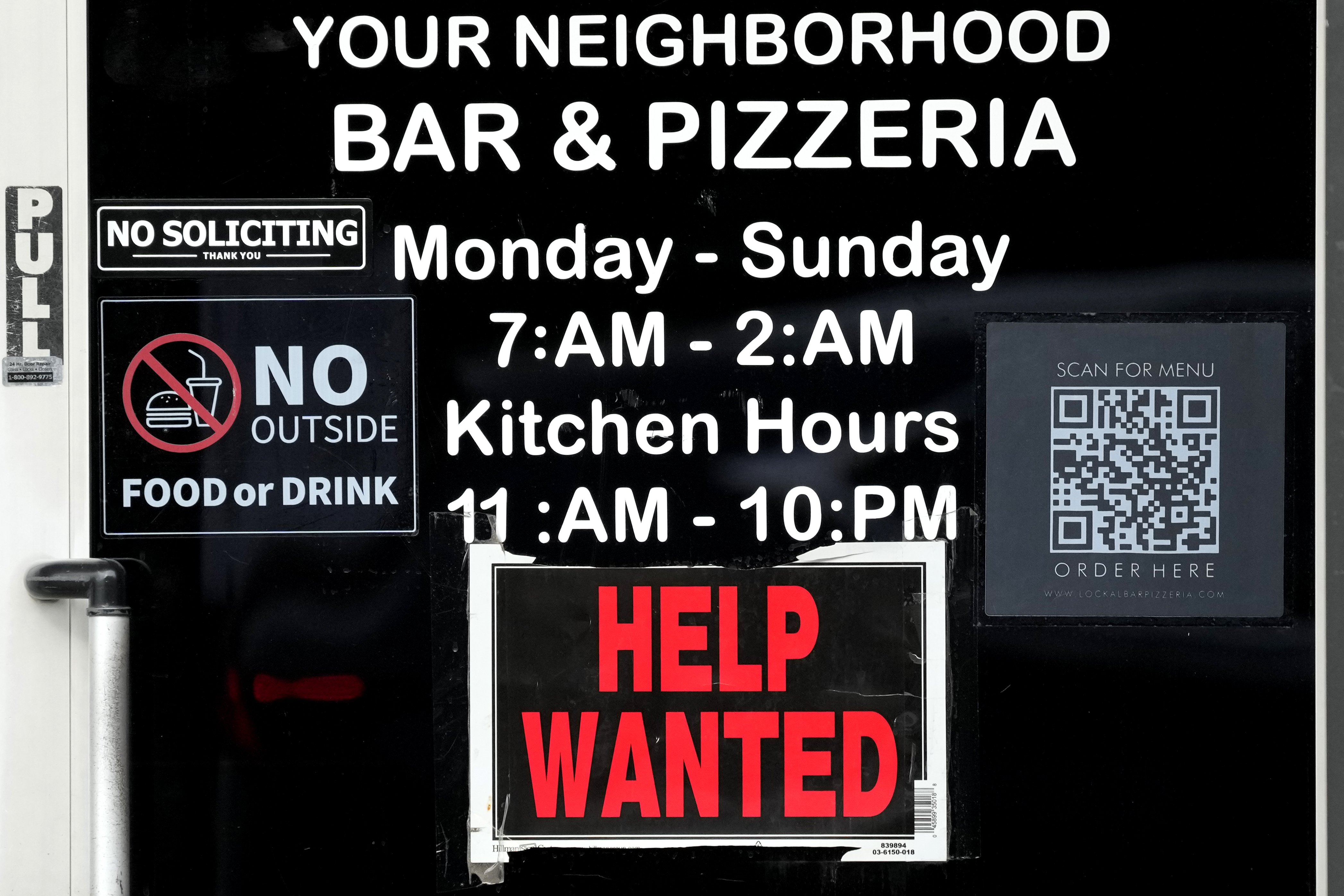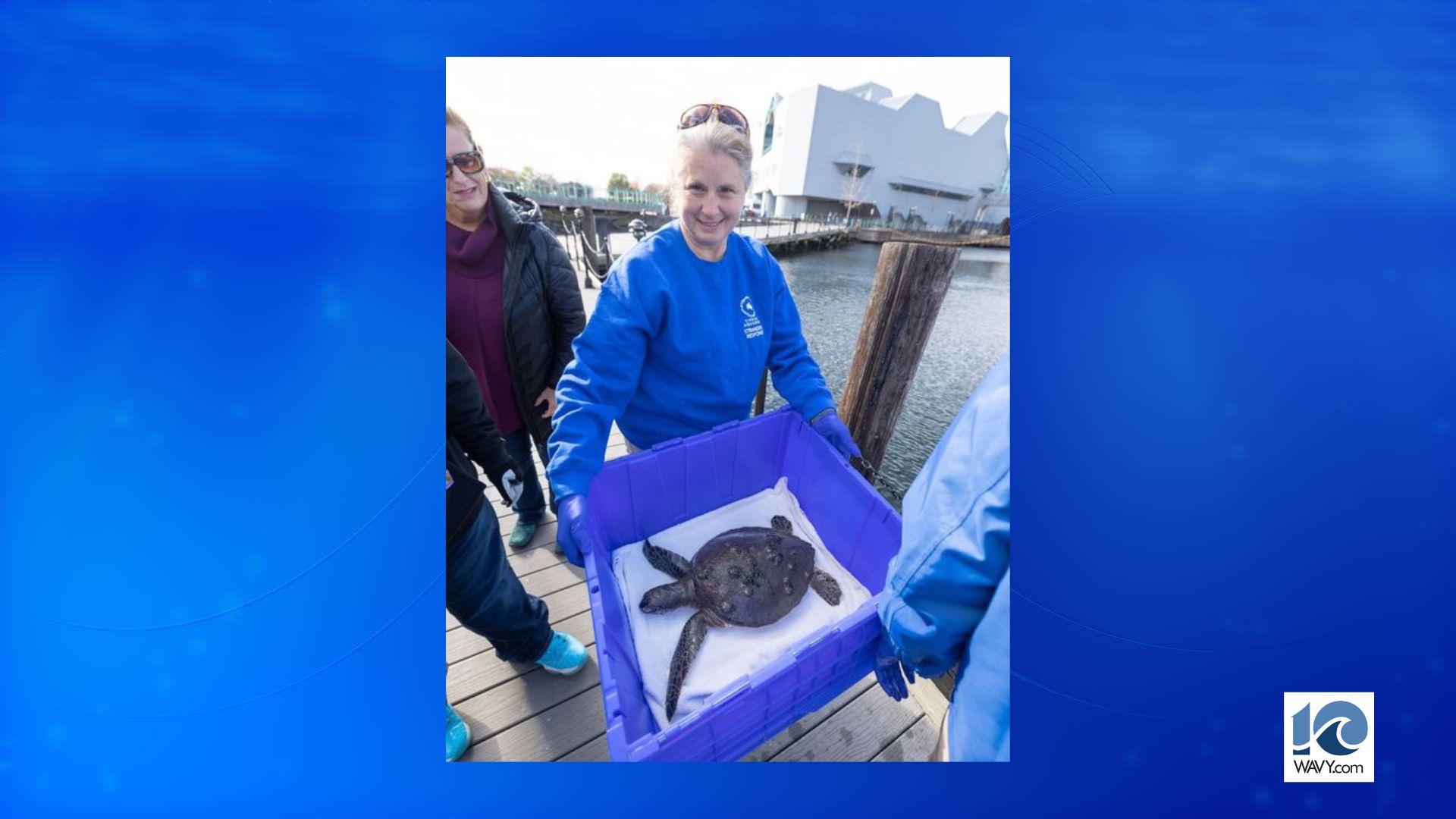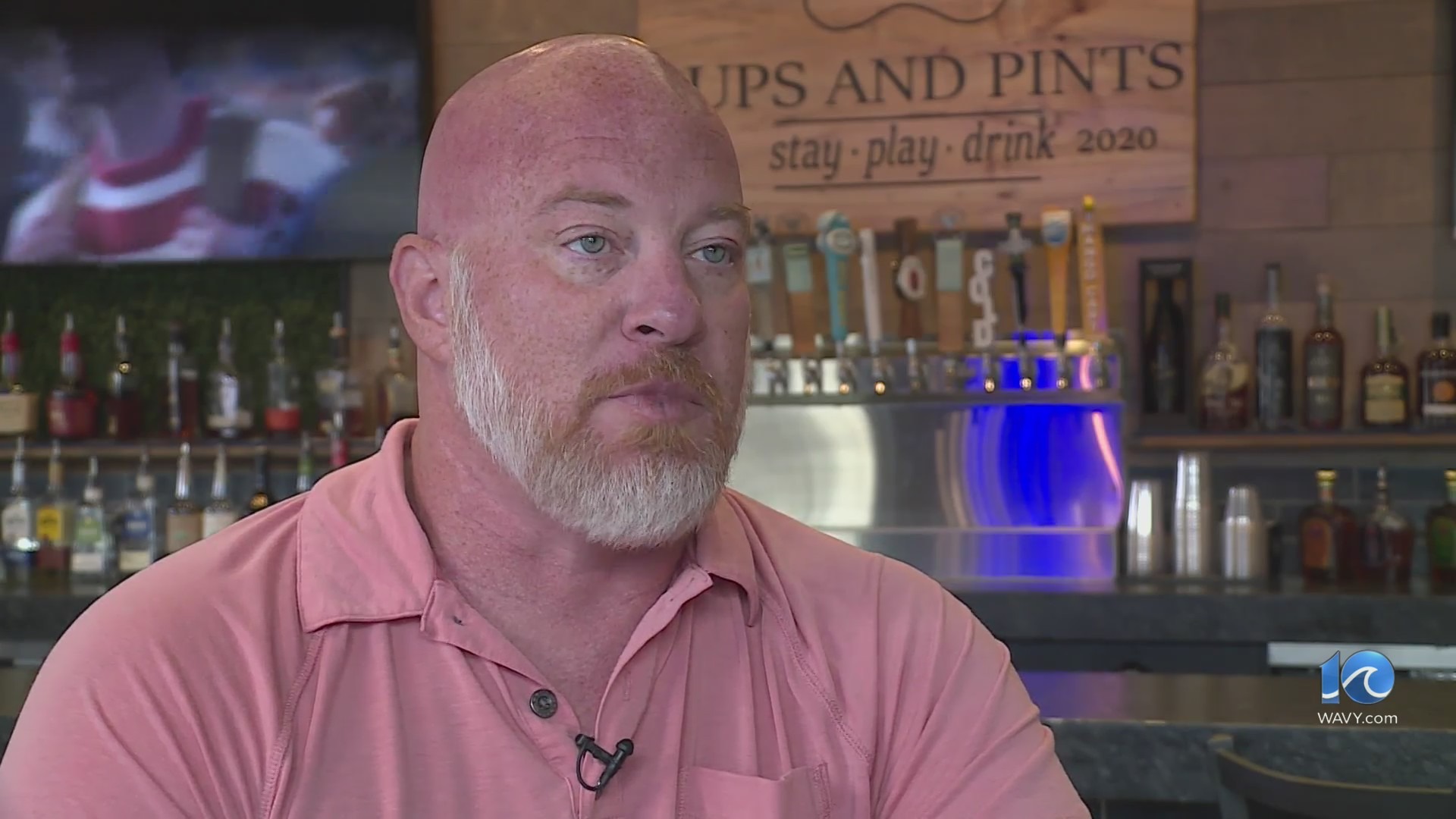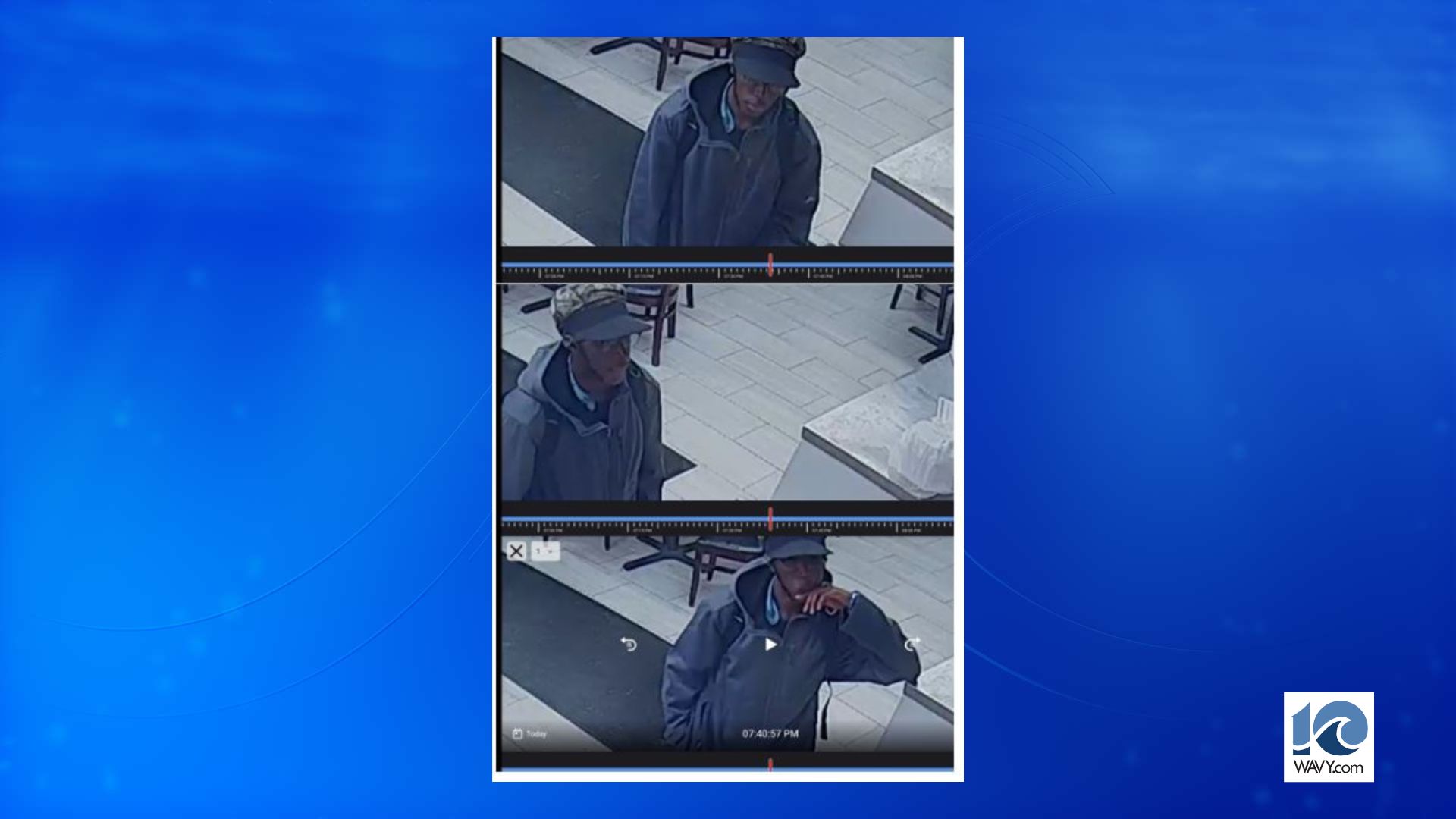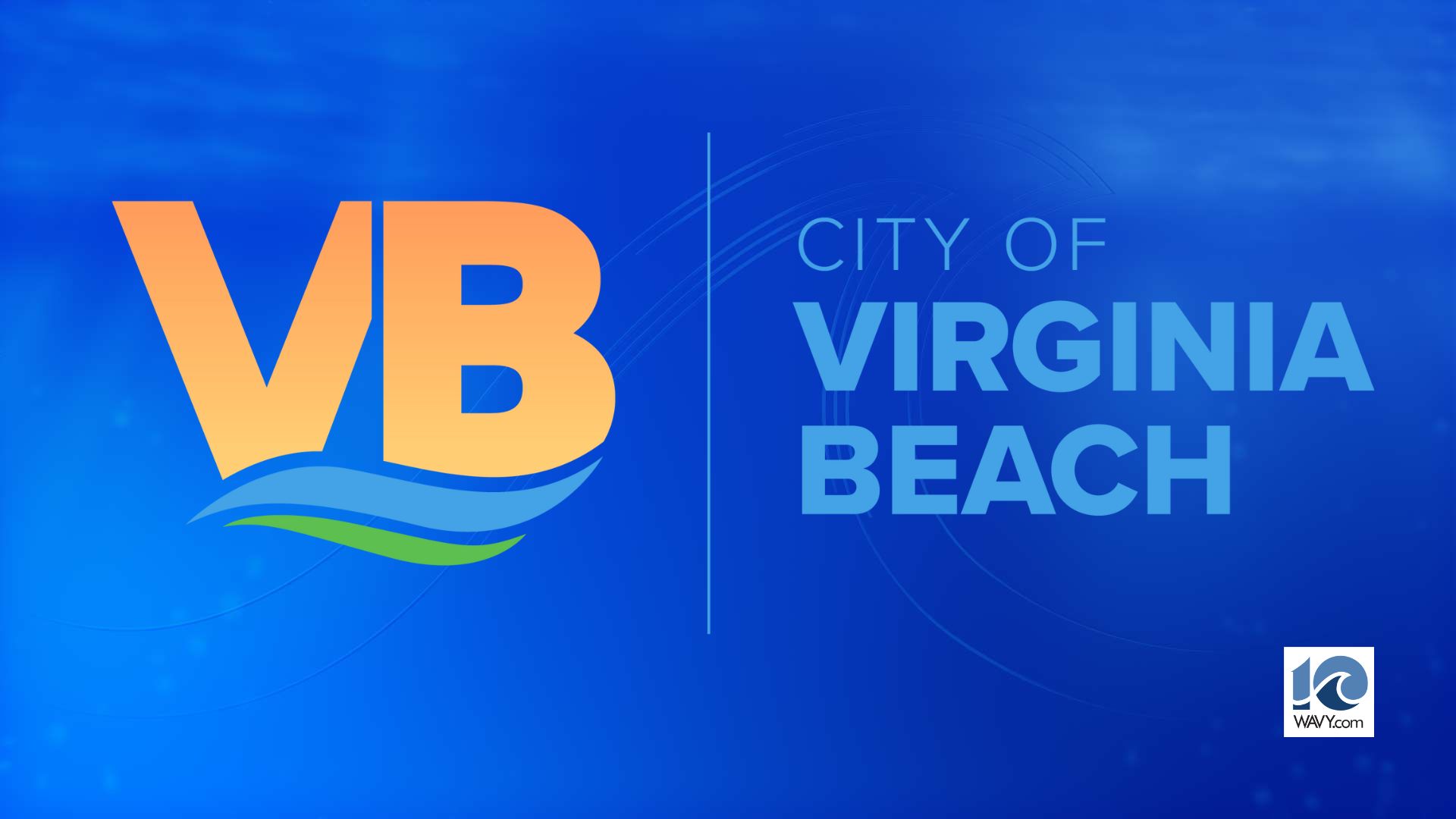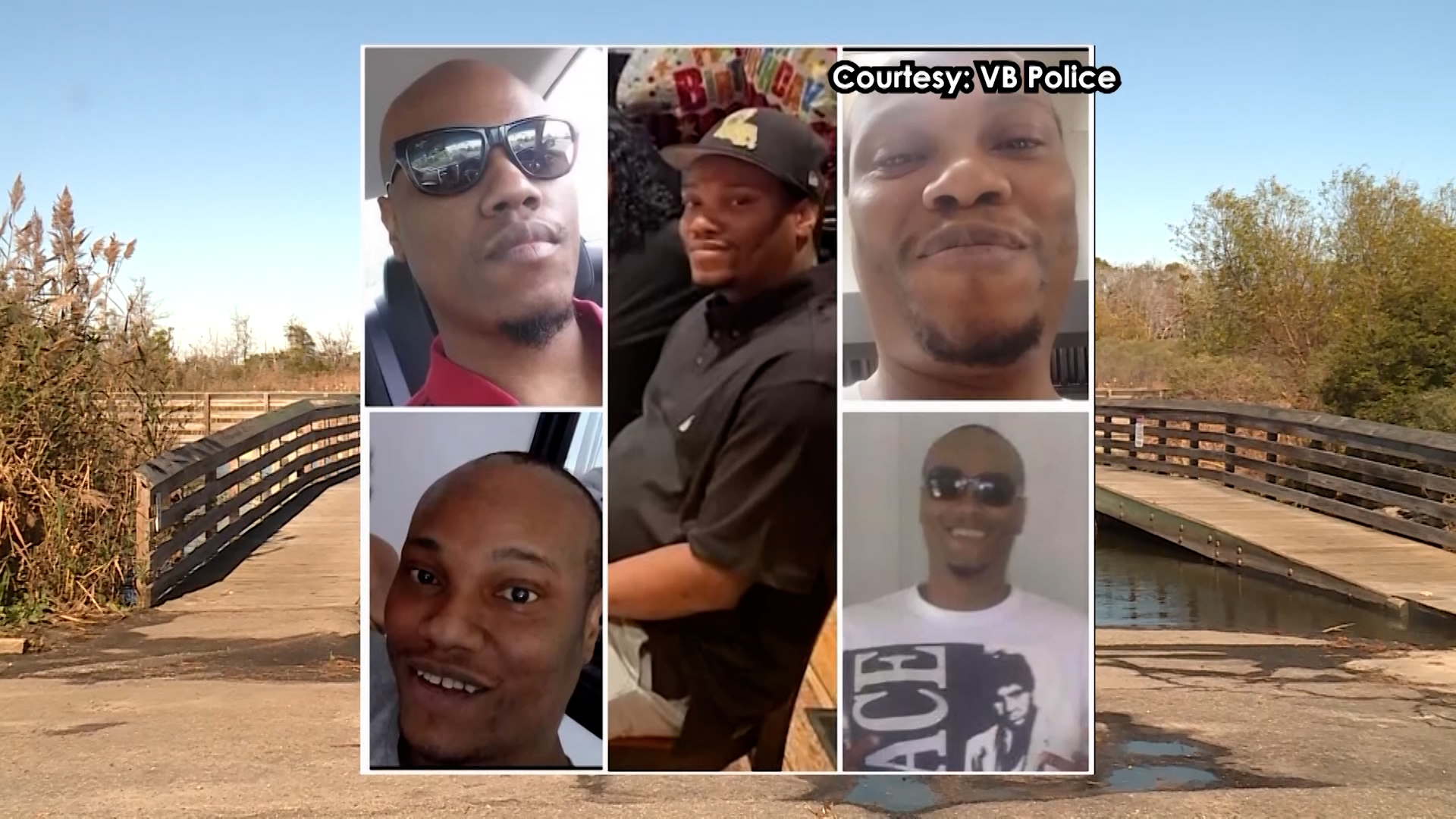WAVY-TV 10 is investigating solutions to protecting Hampton Roads from rising seas. This is the fourth installment in our investigative series, “Living at the water’s edge.” For this story, our investigative team traveled to Charleston, S.C. to see how that community is responding to reoccurring flooding and if those solutions could work in Hampton Roads.
Charleston, S.C. (WAVY) — Herbert Maybank was born into a small community in Charleston called Rosemont. He doesn’t live in the neighborhood anymore, but his family still calls it home.
“Even from my childhood, I can remember the closeness of the village,” he said.
Jennifer Curry calls Rosemont home, too. She’s chosen to raise her family in an elevated house right by the marsh. She said community members are like extended family.
“We have a lot of kids, which is nice,” she said. “You see them running around with each other. Definitely brother-sister vibes.”
Curry and Maybank agree: Rosemont is a charming community and a wonderful place to call home. But they both say it’s also a community plagued by flooding, poor drainage, and systemic neglect. Community leaders, like Maybank, have raised quality-of-life issues with government-run agencies in Charleston, but they say their requests for help have been routinely ignored.
“We try to take care of each other through the struggles of being a community that has inequities that goes on,” Maybank said. “The disparities, the feeling of less than that’s a common thread that comes throughout the community.”
Over the last few years, there’s been tangible progress in Rosemont, but it didn’t begin with local government. Instead, it’s a grassroots effort driven by community members that started with a simple invitation to an environmental justice group: The Lowcountry Alliance for Model Communities (LAMC).
LAMC is a nonprofit organization focused on building healthy communities and families. LAMC Executive Director Omar Muhammad said that the organization strives to tap into the agency communities already have and empower them to advocate for a seat at the table to address issues like housing, economic development, education, and environmental justice.
LAMC doesn’t come into a community uninvited, Muhammad said.
“We are invited because we want the communities invested in the process,” he added
That invitation from Rosemont came in 2018 when the community executive board asked LAMC to help them become a more sustainable and impactful organization. The relationship began slowly with LAMC spending a lot of time listening to residents about their concerns, hopes, and goals.
“You tap into the strengths that they already have. The agency that the community has,” Muhammad said.
Together, Rosemont and LAMC have accomplished a lot.
Neighborhood leaders participated in LAMC’s Environmental Justice Academy to develop a community profile and a shared vision of Rosemont’s future.
“What we have found is when communities lack a shared vision for their neighborhood, then a lot of times those neighborhoods are taken advantage of,” Muhammad said.
Rosemont is also one of eight underserved communities across South Carolina that will participate in a new initiative called Environmental Justice (EJ) Strong. Funded by the Environmental Protection Agency, EJ Strong will empower communities to plan for and recover from natural disasters, like hurricanes, flooding, and pandemics.
“I think history has shown this too: We can’t depend on government. We can’t wait on government to respond to our emergencies,” Muhammad said.
LAMC is also working with Rosemont to develop a community-led resiliency plan that will address immediate needs in the neighborhood, like lack of drainage and recurrent flooding. This process lets Rosemont residents to use their shared vision to come up with solutions that they can live with. The next step is working on those solutions with government leaders, like Chief Resiliency Officer Dale Morris.
Morris acknowledges that Rosemont has been neglected in ways that other neighborhoods on Charleston’s Peninsula have not.
“If we don’t hear what they’re saying, we’re going to miss the opportunity to do something significant for them,” Morris said.
“LAMC has provided that trusted door opening for us,” he added.
An open door that Rosemont residents are walking through, cautiously.
“We’re coming together and looking for solutions, and right now the immediate help that’s available has presented itself, but again, our history says that they come, and they offer, and they do nothing. We’re hoping for more now,” Maybank said.
“We’re looking for success as time goes on,” he added. “This is the start.”
LAMC works in South Carolina, but Muhammad believes that underserved communities across the country can take lessons learned in Rosemont to advocate for their neighborhoods, too.
“Rosemont is no different than many environmental justice communities across the country, and it’s because of the myriad of different issues and concerns that communities of low wealth face,” Muhammad said.
His advice? Tap into the agency your community already has and build relationships with state and regional environmental protection agencies and their local officers.
“Then move up to your federal agencies,” he added.







